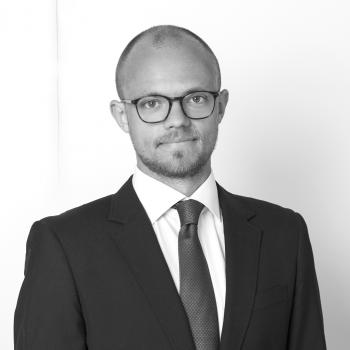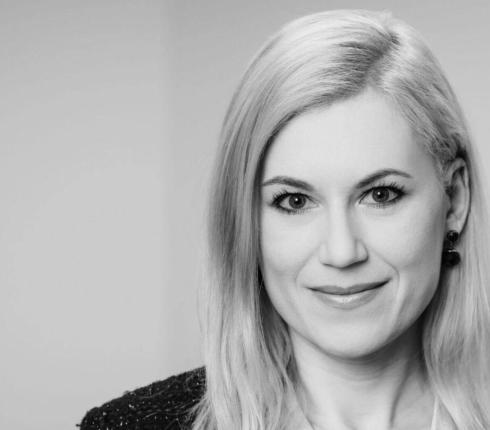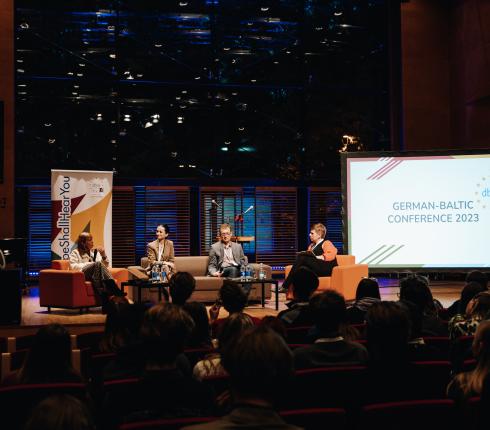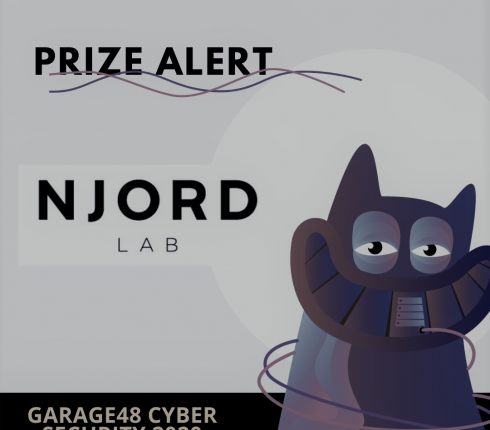NJORD Estonia: 5G utilisation in Estonia
The latest in cellular network technology – 5G – is a remarkable step forward in the development of wireless broadband and connectivity. In Estonia, 5G has mostly been in the news due to a complaint challenging the notice of competition for the frequency range, which has delayed the use of 5G. Before discussing the specific complaint, it should be clarified what 5G even is.
5G is a cellular network technology approved by the International Telecommunication Union. As the name implies, 5G is the fifth generation of standards. The first generation brought wireless voice calls, the second enabled services such as text messages (SMS). The third generation made browsing the internet possible and the fourth brought faster speeds and the possibility to stream high definition videos over wireless internet. The term LTE is often used as a synonym for the fourth generation, however, at least in the beginning, LTE stood for pre-4G technology. Which is why it was described as 3.9G.
The advantages of the fifth generation are a relative lack of latency or delay, being able to support more devices and even faster speeds. Where the main value of 4G was in connecting humans to one another, 5G does the same with devices. Because of that, one of the more promising fields of technology related to 5G is the so-called Internet of Things. Since it is possible to connect a lot of devices and there is very low latency, large amounts of sensors can be used, which transmit data in essentially real-time. That is incredibly useful in automating industrial processes because the necessary data are collected, transmitted and processed very quickly. Low latency also means improvements in safety and precision. If a person were to find themselves in a precarious situation, the sensors would recognize that more quickly and stop the potentially dangerous processes.
A relative lack of delay is extremely important for remotely operated devices. Because the signal reaches the device much faster, operating the device is much safer, as the decisions made at a remote command centre are realised essentially with no delay. The most obvious examples of this are driverless vehicles which might be required to be controlled at a distance and which communicate with one another as well. What’s more, even remotely operated medical procedures are no longer from the world of sci-fi. That includes surgeries, where precision is literally vitally important. The advantages of 5G are also on display with various augmented and virtual reality devices, since the increased speeds and lower latency allows to use the resources of cloud platforms, meaning that all of the computing resource does not have to be in a small device, worn on the users head, and the opportunities to develop something new and exciting expand massively.
Is every development 5G? Is 4G conclusively in the past?
The arrival of 5G does not necessarily mean that 4G should go away any time soon. It’s somewhat debatable how important 5G for everyday needs even is. For ordinary web surfing and video streaming, 4G should be enough, which of course doesn’t mean that internet consumption habits couldn’t change in the future. Nevertheless, the advantages of 5G should above all be displayed in the industrial sector, where faster speeds, lower latency and increased reliability of the network should be especially useful. Even though there are devices on sale for ordinary consumers with 5G capability, they don’t have a lot of practical value at the moment and are rather misleading. For example, the US telecom giant AT&T started to use the icon “5G E” instead of “4G LTE” on phones when in reality it was only a minor development of 4G.
What is the situation with 5G frequency licences in Estonia?
The widespread use of 5G has been somewhat delayed in Estonia. The reason for that is Levikom Eesti OÜ’s challenge on the frequency range competition, which at least temporarily paused the competition. The grounds for holding the competition derive from the Estonian Electronic Communications Act, which states that radio frequency bands for the introduction of new technologies are granted by way of public competition.
The disputed competition was for the frequency range 3410-3800 MHz and the objects of the competition were three frequency bands. Dividing the range into three blocks means that each block is 130 MHz.
Levikom Eesti OÜ stated that limiting the competition to only three frequency licences brings about a negative impact on the use of 5G technology. The applicant stated that dividing the frequency range into three means that the bands will be granted to the three main telecommunications service companies in Estonia (Telia, Elisa and Tele2), which infringes the applicants right to engage in entrepreneurial activity, including the right to fair competition. There is no technological reason why the band could not have been divided into smaller chunks. A part of the European Commission’s recommendations was to divide the band into 80 or 100 MHz blocks, which would have meant altogether four frequency licences in Estonia.
By way of interim relief, Tallinn Circuit Court stopped the competition until the resolution of the dispute in court. The challenge continued in the administrative court, which did not satisfy Levikom’s complaint and found that the resolution, detailing the procedure of the competition, was lawful.
Although the court judgment noted that granting four licences instead of three would infringe the applicants right to engage in entrepreneurial activity less, the court added that in order to ensure the best service quality, granting three licences could be considered a reasonable compromise for the interests of service providers, consumers and the general public. The court stated that of the frequency range that is licenced, only 190 MHz is in use without limits in Estonia, as 10 MHz is reserved for the Defence Forces and for 200MHz Russian radio communications should not be interrupted. This is because there is no coordination agreement between Estonia and Russia and Russia has priority for that range. Until there is no coordination agreement, the use of the frequency must be coordinated on a per transmitter basis.
In its decision the court also stated that even though Levikom Eesti OÜ does not entirely fall under the sphere where the competition was aimed at, i.e. establishing an all-encompassing 5G network, the Ministry of Economic Affairs (MEA) and the Consumer Protection and Technical Regulatory Authority (CPTRA) should, when organising future competitions, consider companies who might be interested in establishing a network for a smaller spectre of 5G services. Thereby smaller companies would not have to rent the resources from service providers, but they would have a real opportunity to establish networks of their own.
What will happen in the future?
Levikom Eesti OÜ has expressed the intent to appeal against the County Courts’ decision. The proceedings will continue in the Circuit Court and the competition will remain paused. It should be noted that the disputed competition is not the only one for frequency bands for 5G purposes. There are more frequency ranges to utilise for 5G technologies. MEA and CPTRA have started preparing the competitions for 700 MHz and 26 GHz frequency ranges, where different options for frequency bands are considered. By dividing the frequency range into smaller chunks, the interests of smaller companies would also be considered. For example, Levikom Eesti OÜ, whose business model entails developing a 5G network for various internet of things solutions.
5G is certainly a large step forward in the development of networks and technology. It is somewhat regrettable that Estonia is falling behind in its use. Certainly, Estonian companies will have the opportunity to use the potential of 5G in their endeavours. It is difficult to say when that will become reality and how much time and money will be lost because the 5G necessary for automating industrial processes has not been available. One thing is for certain – 5G will come to Estonia as well.


















